If you are looking for 316 stainless steel products in China, here is the correct answer.
Myriad has been manufacturing excellent quality 316 stainless steel products for more than 25 years.
We have a professional stainless steel raw material supplier who can help us build high-tech production lines and provide customized services.
You can customize the 316 ss with a thickness of 0.03~1mm.
Of course, you also have the more high-quality options.
Our products and the Cost-effective products enhance your product market competitiveness.
If your product needs to use 316 stainless steel coil as raw material, we will provide you with 1/4 hard, half hard, 3/4 hard, full hard 316 ss coil. We can also provide you with a width of 3 ~1600mm 316 ss coil.
316 stainless steel foil requires high-quality cold-rolled production technology. A thickness of 0.03~0.06mm of the products are available.
If you need 316 stainless steel tube, we can provide you with various shapes of 316 stainless steel tube, square tube, round tube, oval tube, special-shaped tube.
We can provide you with 316 ss sheet. As a service, cutting the products to the target width & length is also provided.
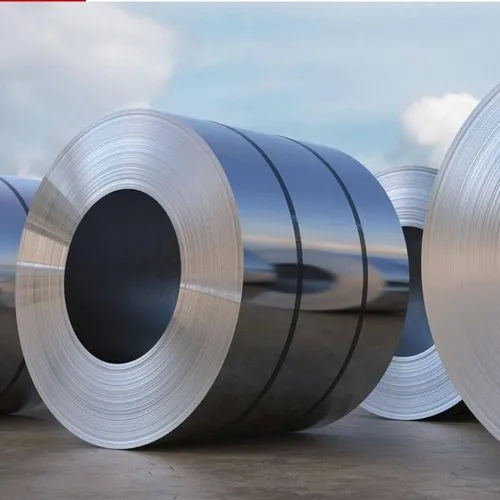
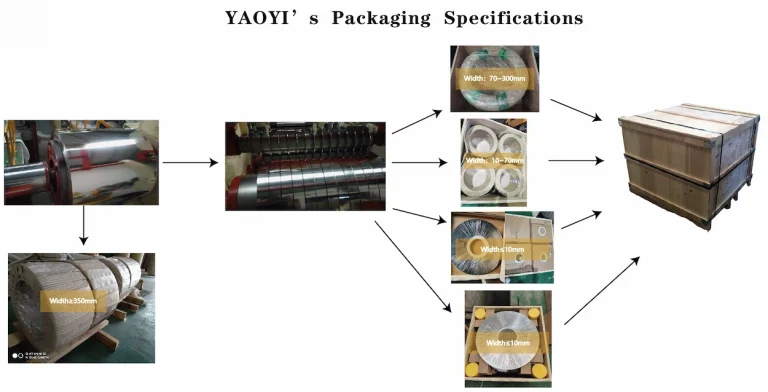
As one of the leading cold-rolled stainless steel production plants in China, Yaoyi provides customized 316ss products and services to benefit your production, reduce your production costs, and ensure the quality of your product materials.
Yaoyi also provides professional services, such as professional stainless steel solutions, you can tell us your products, or provide drawings, samples, we can provide you with the most accurate stainless steel raw material solutions according to your 316 ss usage scenarios.
Our 316 ss coil is especially suitable for manufacturers that have hardness requirements for raw materials. We have a team of 9 engineers who professionally solve your hardness requirements and propose our solutions. Whether you represent a manufacturer, importer, exporter, wholesaler, We will help you.
You can use our 316 stainless steel to produce heat exchangers for pulp and papermaking equipment, film washing equipment, pipelines, equipment parts in highly corrosive environments, etc..
Stainless Steel 316 And 316L Graded By The AISI System
Grade 316 Stainless Steel is only among the many grades existing within this steel type. In this article, you will be informed of everything you need to know about 316 stainless steel. Find out its properties, composition, application, and what makes it unique from other grades.
Stainless steel is among the contemporary steel materials prevalently used in this modern world. Its most distinctive and desired characteristic is its corrosion and oxidation resistance. Similarly, these properties make it resistant to rust, which is the bane of all steel products.
Stainless steel has become an ideal material for:
Like all steel, the stainless type is primarily an alloy of Carbon and Iron, along with few other elements. Among these elements, Chromium is probably the most distinct, which accounts for its corrosion resistivity. Generally, all stainless steel consists of around 10.50% Chromium. However, variations may occur on these elemental compositions, which produce different grades of stainless steel.
Lorem316 is a numerical representation of a stainless steel grade. It is among the commonly used and widely manufactured variants of stainless steel. 316 ss contains relatively higher Molybdenum levels and Nickel, giving it better corrosion resistance than other grades. Please note that other subgrades may exist as variants of which exhibit further classifying features.
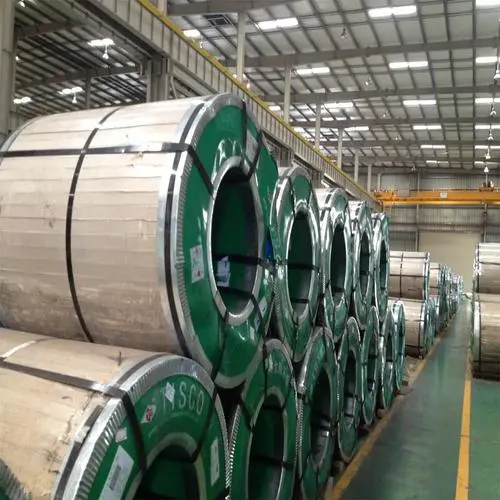
The best way to identify a stainless steel grade is by checking its composition. It is standard practice for steel manufacturers to issue a complete enumeration of their product’s composition and properties. This practice ensures that the clients are getting the proper specifications and products they are looking for. Below here are some of the distinctive qualities of grade 301 to help you classify one:
Grade 316 explicitly classifies as molybdenum-bearing austenitic stainless steel. Austenitic is among the five classes of crystalline internal makeup formed among stainless steels. Other structure classifications include ferritic, martensitic, duplex and precipitation, and hardened. In the case of austenitic, they are made up of austenites or face-centered cubic.
Although invisible to the naked eye, these austenitic internal structure makes a stainless steel exhibit the following:
It has 2% – 3% Molybdenum content and Nickel from 10% – 14%. It also has a high percentage of Chromium ranging from 16% – 18%. Notably, these properties make this grade remarkable for corrosion resistance. You can further check elemental tabulations on the standard specifications issued by ASTM and other regulating bodies.
Grade 316 has a density of 7.98 g/cm3. A bit denser compared to standard because of the existence of denser elements like Molybdenum. It has an elastic modulus of 193 GPa and a melting point of 2,500 °F – 2,550 °F. Similarly, it exhibits an electric resistivity of 740 nΩ.m. These properties can be your reference in maintaining certain thresholds within your applications.
Grade 316 exhibits a tensile strength of 515 MPa and a yield strength of 205 MPa per 0.2% strain. Similarly, it has an elongation value of 40 per 1” sample minimum, a Rockwell scale of 95, and Brinell 217. These numbers are essential in determining practical applications as a structural member.
Austenitic stainless steel series generally showcases outstanding weldability. It may not even require post-annealing after welding thin sections.
Grade 316 exhibits good oxidation resistance of up to 1600°F within intervals and 1690°F of continuous exposure.
All above-indicated information are the standard specifications of 3016 stainless steel. It is noteworthy to familiarize yourself with these to assure you are getting the right product. You may see a more detailed breakdown of these through ASTM or manufacturer specifications.
Everything you need to know about SUS SS304
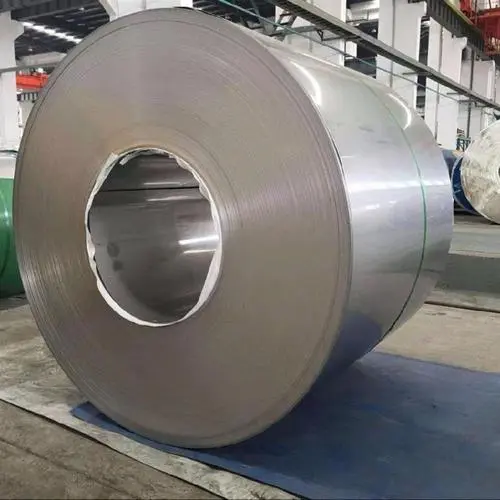
Among the stainless steel grades, 304 and 316 is the most industry-used and widely manufactured. As aforementioned, these grades are typically a result of variation in their elemental composition. Also, both these grades have their pros and cons. But, manufacturers consider these to ensure their full usage.
Elaborated below the key characteristics of these respective grades, which contrasts them from one another:
People consider grade 304 to be the most common among austenitic stainless steel. It has high amounts of Chromium ranging from 18% – 20% and Nickel from 8.0% – 10.50%. Furthermore, it has a high melting point of 2,550 °F – 2,650 °F. By comparison, grade 304 has a melting point of about 50-100 °F higher than 316.
Applications:
On the other hand, grade 316 stainless steel also has the same amounts of chromium and nickel as 304. However, what makes it different is that it has significantly higher amounts of Molybdenum. It contains about 2%-3% Molybdenum compared to only minuscule traces 304 has. The increased amount of this said element makes 316 a better performer in corrosion resistance.
However, this increase in Molybdenum makes 316 a bit less formable. Similarly, it is also more expensive compared to 304.
The better steel between the two grades depends upon its application. Grade 304 is more like a general use stainless steel. If you need stainless steel for an application that only requires the average resistance corrosion, then 304 is your pick. Grade 304 also has better formability and less expensive than 316 stainless steel.
Meanwhile, grade 316 stainless steel is more of a “specialized” variant. It is specialized in terms of high corrosion resistance. If you need stainless steel to be exposed to harsher or chloride-rich environments, then 316 fits best.
To emphasize, 316 performs well on a marine application where most steels are weak. Similarly, it is an excellent material for medical equipment, typically bathed with chemically rich substances. In these applications is where grade 316 stainless steel is specialized for and where it excels at.
There might be some overlaps in the application, which you might find confusing. However, you can use grade 316 for chemically harsher conditions. Meanwhile, you can use grade 304 for less demanding exposures. But, if you’re still in doubt, you may always consult your local steel manufacturer or professionals adept in this field.
A Complete Guide to J1 Stainless Steel
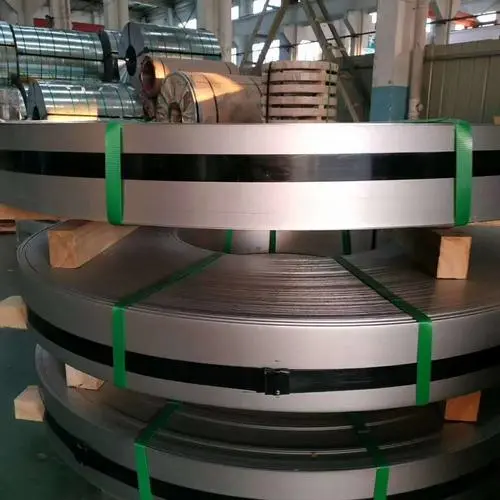
Grade 316 cannot be hardened through the process of heat treating being austenitic stainless steel. Its austenite structure prevents it from undergoing such a process. These types of steel are mostly manufactured on their base annealed form, which is ready to use. However, there are cases wherein it needs to undergo heat treatment but only to remove unwanted compounds.
Grade 316 stainless steel cannot achieve any significant strengthening employing heat treatment.
Contrary to common belief, stainless steel can rust. It is not rust-proof but rust-resistant. Any iron-rich steel is capable of forming iron oxide or rust when successfully oxidized.
However, stainless steel will stay resistant under typical circumstances unless otherwise subjected to the following:
1) Excessive abrasion using steel brushes or hard materials. The scratches or “wounds” made by these tools can leave iron particles vulnerable to rusting.
2) Excessive exposure to cleaning products harmful to steel. As an example, concrete cleaning chemicals or harsh acids may be accidentally applied. Thus when these exceed the resistive threshold, the stainless steel will be vulnerable to rust.
3) Under maintenance or neglect. Improper cleaning or moisture left after cleaning can sip and build in, causing rust later on.
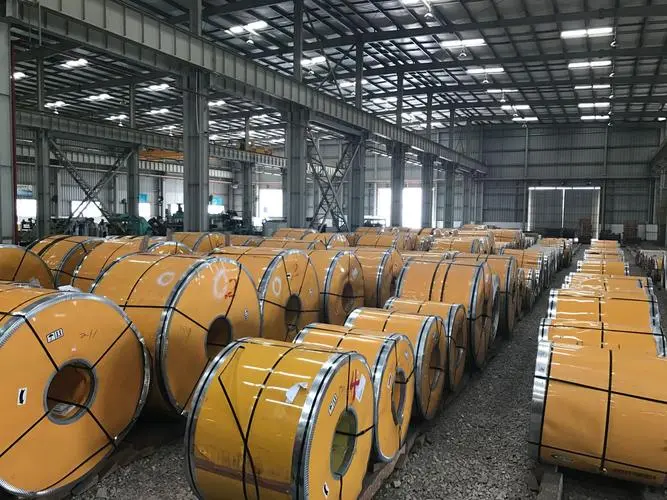
In a general context, there is no best or worst grade of stainless steel. There are only the best and worst applications.
As an example, grade 316 has a melting point of 2,500 °F – 2,550 °F. If you expose it to much higher temperatures, then this grade will obviously melt. You might need better stainless steel with better properties for heat. On another thought, your application might not even be possible with stainless steel. It is crucial to understand your application first before choosing the materials to supplement it.
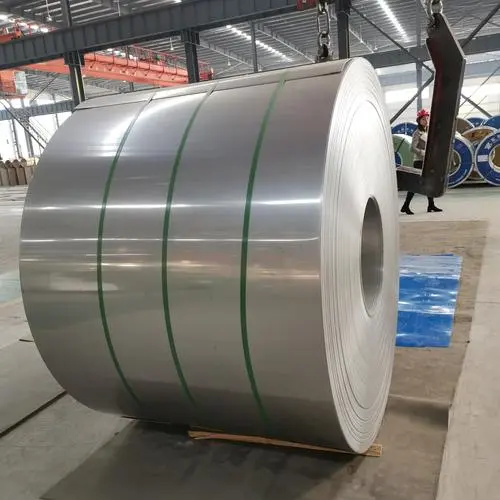
The three key benefits of using 316 Stainless Steel include superior corrosion resistance, especially in marine and chemical environments; excellent formability and weldability, making it versatile for various applications; and high-temperature resistance, which allows it to maintain its properties even in high heat conditions.
Bergsen Metals, along with other metal suppliers and service providers, can provide expert advice and comprehensive services to help you choose the right metal for your project. They can provide insights into the properties, performance, and potential applications of different metals, including 316 Stainless Steel.
The primary benefits of using 316 Stainless Steel include its high corrosion resistance, especially in chloride environments; superior strength and durability; excellent heat resistance; and its versatility, which makes it suitable for a wide range of applications across various industries.
In conclusion, 316 Ss is an excellent choice for any application requiring a durable, corrosion-resistant material that can withstand harsh environmental conditions. Whether in the marine industry, chemical processing, or food and beverage sector, 316 Stainless Steel provides an optimal blend of performance and practicality.